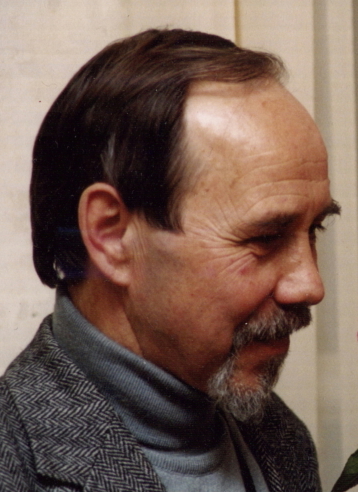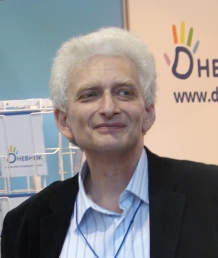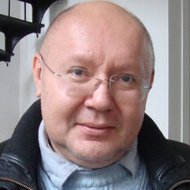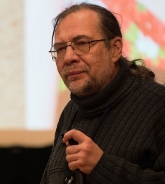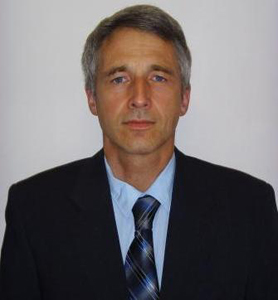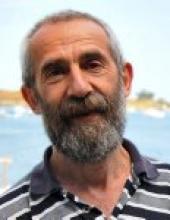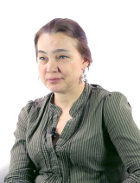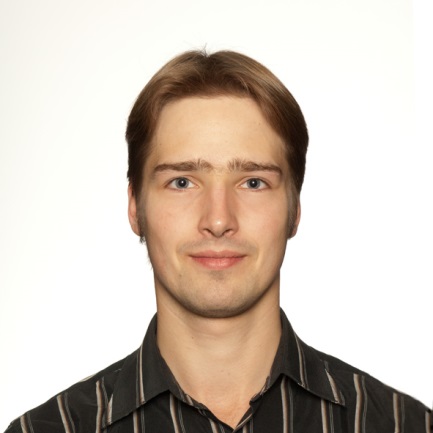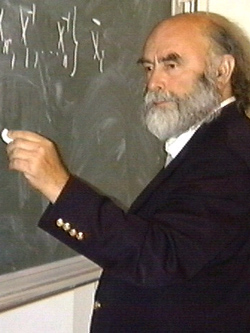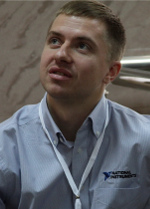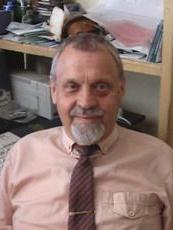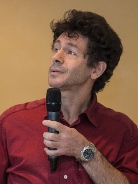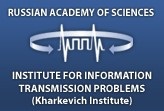Graduated from the Moscow Institute of Physics and Technology in 1966, dyploma in «Applied mathematics and computer science». From 1969 works in the Steklov Mathematical Institute, Moscow. Candidate of phys-math sciences — 1969, Doctor of of phys-math sciences — 1975, Professor — 1986. List of publications contains nearly 190 titles including five monographs, four of them translated into English and published by the leading foreign Publishing houses (AMS, North Holland, Springer-Verlag). Awards: A. A. Markov Prize, Russian Academy of Sciences for the series of works on the noncommutative probability theory — 1997; Awards of the Russian Academy of Sciences for the best research achievements in 1992, 1995, 2008; International «Quantum Communication Award» — 1996; A. von Humboldt Research Award — 1999; Claude E. Shannon Award 2016. Invited speaker at the International Congresses of Mathematicians — Berkeley (1986), Madrid (2006), and many other international and national conferences. Member of the Editorial boards of the journals: «Theory of probability and its applications», «Russian mathematical surveys (Uspekhi)», «Sbornik:mathematics», «Theoretical and mathematical physics», «Izvestiya vuzov: Mathematics», «IEEE Transactions on Information Theory», «Quantum Information Processing», «Reports on Mathematical Physics».
